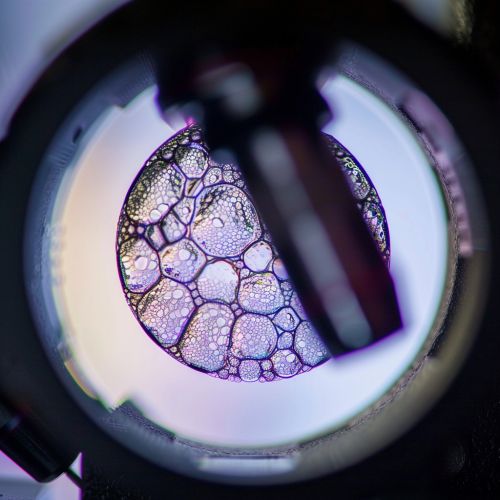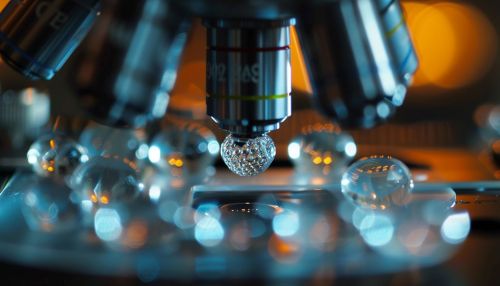Bioactive Biomaterials
Introduction
Bioactive biomaterials are a class of biomaterials that interact with biological systems, often with the aim of replacing or repairing tissues or organs. These materials have the ability to elicit specific biological responses at the cellular level, which can influence the biomaterial's performance and functionality. The field of bioactive biomaterials is a rapidly evolving area of research, with applications in various domains such as regenerative medicine, tissue engineering, and drug delivery systems.


Classification of Bioactive Biomaterials
Bioactive biomaterials can be broadly classified into three categories based on their origin: natural, synthetic, and hybrid.
Natural Bioactive Biomaterials
Natural bioactive biomaterials are derived from biological sources. These include proteins, polysaccharides, and bioceramics. Proteins such as collagen and fibronectin are commonly used due to their excellent biocompatibility and bioactivity. Polysaccharides like chitosan and hyaluronic acid are also widely used due to their biodegradability and ability to support cell adhesion and proliferation.
Synthetic Bioactive Biomaterials
Synthetic bioactive biomaterials are man-made materials designed to interact with biological systems. These include polymers, ceramics, and metal alloys. Synthetic polymers such as polyglycolic acid (PGA) and polylactic acid (PLA) are popular due to their tunable mechanical properties and degradation rates. Ceramics like hydroxyapatite and bioactive glasses are also used for their excellent osteoconductivity.
Hybrid Bioactive Biomaterials
Hybrid bioactive biomaterials are a combination of natural and synthetic materials, designed to leverage the advantages of both. These materials often exhibit superior bioactivity, biocompatibility, and mechanical properties compared to their individual components.
Properties of Bioactive Biomaterials
Bioactive biomaterials possess certain unique properties that make them suitable for their intended applications. These properties include:
Biocompatibility
Biocompatibility is the ability of a material to perform with an appropriate host response in a specific application. Bioactive biomaterials should be biocompatible, meaning they should not induce any adverse reactions when implanted in the body.
Bioactivity
Bioactivity refers to the ability of a material to elicit a specific biological response at the molecular, cellular, or tissue level. Bioactive biomaterials can interact with cells and tissues, promoting processes such as cell adhesion, proliferation, and differentiation.
Biodegradability
Biodegradability is the ability of a material to degrade over time in the biological environment. Many bioactive biomaterials are designed to be biodegradable, allowing for the gradual replacement of the material with native tissue.
Applications of Bioactive Biomaterials
Bioactive biomaterials have a wide range of applications in the field of biomedical engineering and medicine. Some of the key applications include:
Tissue Engineering
In tissue engineering, bioactive biomaterials are used as scaffolds to support the growth and differentiation of cells. These scaffolds provide a three-dimensional structure that mimics the natural extracellular matrix, promoting tissue regeneration.
Drug Delivery
Bioactive biomaterials are also used in drug delivery systems. These materials can be designed to release therapeutic agents in a controlled manner, enhancing the efficacy of the treatment and reducing side effects.
Orthopedics
In orthopedics, bioactive biomaterials such as bioactive glasses and ceramics are used in bone grafts and implants. These materials promote bone growth and integration, improving the success rate of orthopedic surgeries.
Future Perspectives
The field of bioactive biomaterials is continuously evolving, with ongoing research aimed at developing new materials with improved properties and functionalities. Future advancements in this field are expected to lead to the development of more effective therapies for a wide range of medical conditions.
